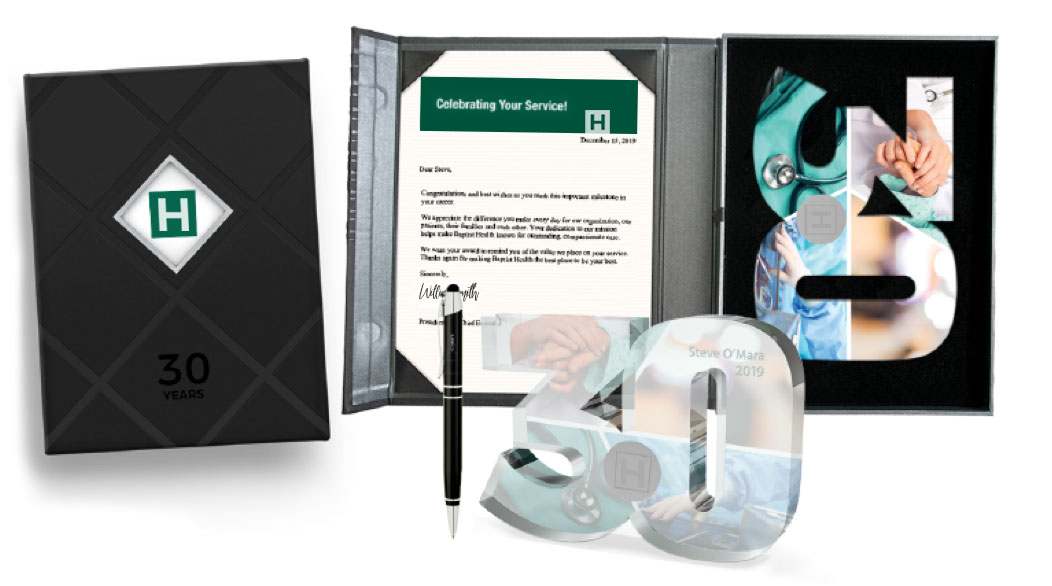Onboarding stages taken from the Psychology 101 pages
Employee engagement starts with a structured onboarding program
[part 2 of Onboarding blog]
My first big job out of MBA school was as a HR manager for a technology department comprised mostly of programmers.
As a young, enthusiastic new employee I came in with all kinds of ideas for improving our onboarding and sense of teamwork. While management liked the fresh energy, they didn’t see these initiatives as strategic and weren’t keen to rock the apple cart relegating my role to one of welcome wagon, social committee and glamorized office administrator (because I had an office).
If you work for an organization that still views Onboarding (or HR for that matter) as administrative, our last blog post provided some very compelling stats to develop a business case for a new Onboarding program.
Maren Hogan of Forbes reported that “Creating a structured onboarding program is key. According to a study by the Wynhurst Group, when employees go through structured onboarding, they are 58% more likely to remain with the organization after three years.”
Once you’ve got C-suite buy-in to revamp your Onboarding program, how do you get started?
I like to think of Onboarding as similar to the 4 stages Psychologist Bruce Tuckman used to describe team development; forming, storming, norming and performing.
A well thought out Onboarding program moves employees through these four cycles with the ultimate goal of reaching the “performing” stage sooner and for longer.
How fast a new employee moves through each stage will depend on their individual skills, their understanding of what is expected of them and the type of leadership they receive.
Forming
You wowed your new hire during the interview process. Expectations were set and your new hires are keen to prove themselves and make a contribution. Keeping expectations aligned with reality is part of the forming stage.
A good onboarding program:
- provides new hires with work assignments that establish momentum and early wins
- assigns a mentor and employee ambassador to help with social nuances
- identifies and removes obstacles
- encourages social integration
- provides training on systems or hardware
A structured Onboarding program gives HR and managers the tools and scheduled touch points to make a positive first impression.
Storming
Eventually the shine will come off. It’s inevitable. Onboarding is really a lot of re-boarding. The role of HR and managers is to recognize when disengagement sets in.
In my experience, this is often due to lack of leader-employee communication – a misalignment of expectations. If employees don’t understand what you expect of them, it’s not their fault, it’s ours. Adjust your style. Listen. Be available and approachable. This investment in relationship building is important for the entire lifecycle the employee is with you.

CSI STARS Onboarding program helps managers do this by:
- Scheduling 5, 30, 60, 90, 120 and 360 day touchpoints to discuss progress and reinforce expectations and contributions
- Soliciting feedback with pulse surveys to identify issues before they escalate or new hires leave
- Getting employees to feel invested in the organization with frequent recognition, non-monetary thanks and symbolic gifts
Discussions and tools can help address discontent head-on before it’s too late.

Norming
The key to “norming” is to build an environment where new hires feel comfortable requesting your time, ear, and leadership. Make sure each person knows why they are doing what they’re doing. When employees have personal buy-in, their engagement will come organically and you have a better chance of keeping them with you for the long haul.
A structured Onboarding program doesn’t end the first week or month on the job. It lasts the full eight-twelve months required to move employees into the “performing” stage.
Performing
The ultimate goal of the “performing” stage is to reduce the time to productivity. This is where employees offer the most value and the risk of leaving diminishes significantly. Employees who feel they are contributing and are recognized for their work form a solid foundation for retention.
It will be pretty easy to score the success of your Onboarding program by benchmarking the number of new employees who make it to the “performing” stage.
Still not sure where to start? Download the CSI STARS Onboarding blueprint and watch our quick video. Onboarding can be a standalone program or part of a broader recognition strategy to help you improve retention, productivity and build a workforce that loves coming to work.


















